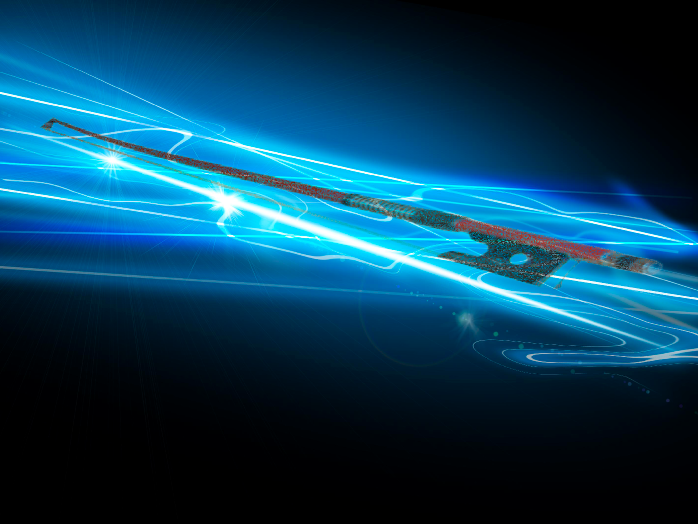“String Theory” is our category for intersection of science and string music. The link between science and music is important to understand for the everyday musician. Two of our experts, Hans Jørgen Jensen and Cheri Collins, have written pieces about the two different ways that the string vibrates:
- By bowing the string
- By plucking the string
Hans introduces the renowned physicist Hermann von Helmholtz, who made significant contributions to many scientific fields. While Hans focuses more on the bowed string, Cheri Collins’ first article on String Visions looks at what happens when you pluck the string. Cheri brings extensive knowledge and expertise on how science and music are related to String Visions — her dissertation was titled “Connecting Science and the Musical Arts in Teaching Tone Quality: Integrating Helmholtz Motion and Master Violin Teachers’ Pedagogies.” [1] With her research background and Doctoral Degree in Higher Education and Violin Performance, Cheri explores how the plucked string can be invaluable for pedagogical purposes.
Check out excerpts and links to their full articles below:
Physics of the Vibrating String
There are a number of fundamental principles concerning the sound production of stringed instruments that are both fascinating and important. One of these is the “Helmholtz Motion of the vibrating string.” Understanding the physics behind the instruments we play can make us more thorough and complete musicians. Unfortunately, principles such as this are not always explained very clearly in method books about string playing. In order to understand these concepts more easily so they can be opened for discussion here at String Visions it is helpful to first go back in time and trace the history of string acoustics.
The Plucked String
Does a string vibrate differently when it is plucked? There is a difference according to Jim Woodhouse and Paul Galluzzo, professors at Cambridge University. They describe a plucked string as a linear system and a bowed string as a nonlinear system… Think of plucking a string as turning up the volume on your television set. Your television is also a linear system. When the volume is turned up it is proportionately louder. This is the reaction of a plucked string.
[1] To learn more about Dr. Cheri Collins’ research, see her published dissertation. “Connecting Science and the Musical Arts in Teaching Tone Quality: Integrating Helmholtz Motion and Master Violin Teachers’ Pedagogies.” Mason Archival Repository Service (2009).















No comments yet.